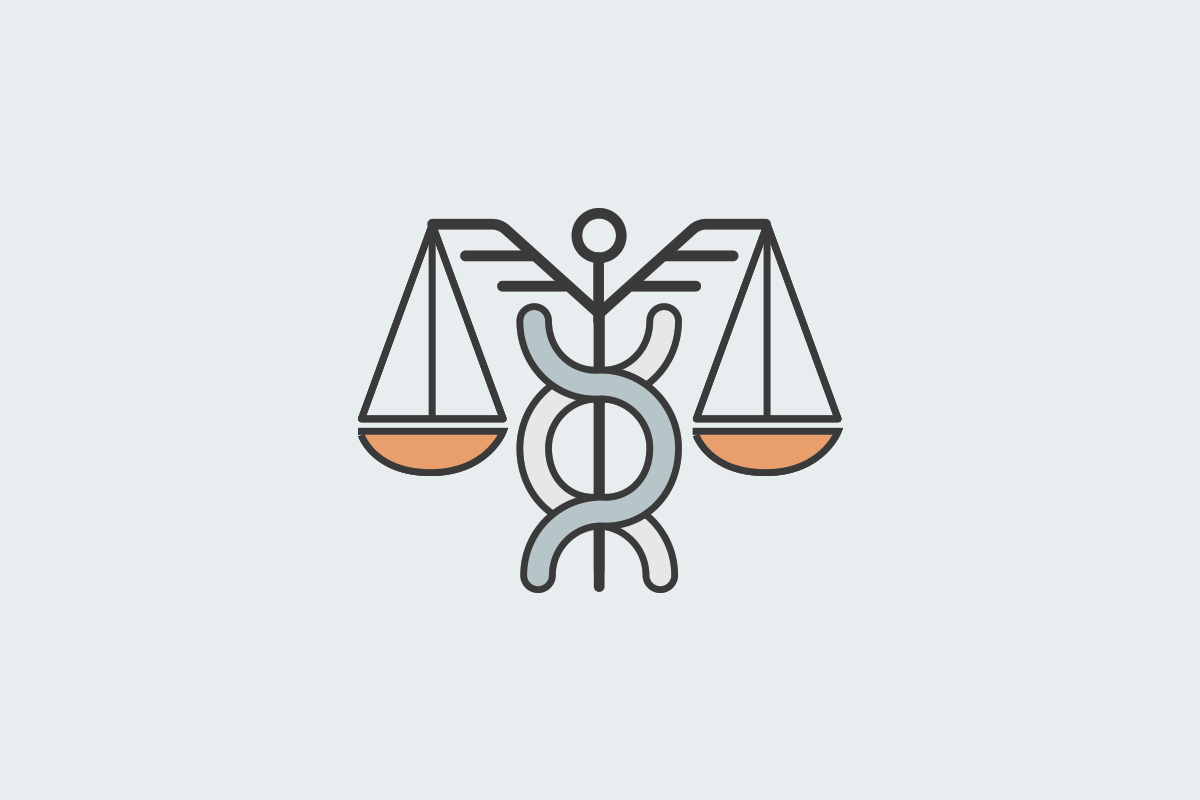Let’s face it: We’re (still) lonely. In fact, one in five employees worldwide currently feels lonely at work. One factor contributing to this loneliness epidemic may be a lack of friendships. Having friends at work can make or break our overall job satisfaction, and for many adults, the workplace is where we tend to cultivate…
Your Welcoa membership has expired.
Congress Proposes Bill Eviscerating ADA and GINA Wellness Rules
Thus far, March has been a busy month for new law proposals. Congress finally introduced the “American Health Care Act” or “AHCA,” which “repeal and replace” portions of the Affordable Care Act (ACA). But Congress introduced another bill in early March that will also be of interest to the health and wellness communities. Unfortunately, it did not receive as much attention as the AHCA.
The bill, HR 1313 and entitled “Preserving Employee Wellness Programs Act” acts to eviscerate much of the EEOC final Americans with Disabilities Act (ADA) and Genetic Information Nondiscrimination Act (GINA) rules released last May. In a nutshell, the proposed law would relieve workplace wellness programs from complying with ADA and GINA rules. Instead, both group health plan workplace wellness programs as well as workplace wellness programs not offered in conjunction with a group health plan would only have to worry about complying with certain ACA incentive rules.
“…Both group health plan workplace wellness programs as well as workplace wellness programs not offered in conjunction with a group health plan would only have to worry about complying with certain ACA incentive rules.”
Specifically, workplace wellness programs offered in conjunction with a group health plan would need to comply with the ACA rules relating to participatory and health contingent wellness programs. Recall that the only requirement under the ACA rules for participatory programs (i.e., those programs that do not rely on a health factor to obtain a reward) was that the program must be offered to all similarly situated individuals. There had been no incentive limit for participatory programs until the ADA final rules took effect. For health contingent programs (i.e., those that rely on a health factor in order to earn a reward), the ACA rules require wellness programs to meet a five-factor test. Those five factors are*:
- The individual must qualify for the reward at least once each year;
- The total reward may not exceed 30% of the total cost of coverage (although the reward can increase to 50% of the total cost of coverage for tobacco prevention programs);
- The program must be reasonably designed to promote health or prevent disease;
- The program must provide a reasonable alternative standard (or waiver of the standard); and
- The plan must disclose the availability of the reasonable alternative standard in all plan materials that describe the wellness program terms.
Under the proposed law, participatory programs that are offered in conjunction with a group health plan would now be subject to a 30% maximum incentive (or 50% for tobacco prevention programs). Health contingent programs would still need to comply with all five factors.
Wellness programs not offered in conjunction with a group health plan would only need to comply with the 30% maximum incentive limit (50% for tobacco prevention programs). These programs would not be subject to the remaining five factors, such as having to offer a reasonable alternative standard, being reasonably designed to promote health or prevent disease, or providing notice to employees about the reasonable alternative standard.
What does this mean for Workplace Wellness Programs?
If the proposed bill becomes law, workplace wellness programs and the employers who sponsor them will be given extraordinary freedom to collect and use employee and family member health information. As long as the wellness program meets the applicable ACA requirements, the government will deem the program to also be in compliance with key ADA and GINA rules. This means that wellness programs will be able to incentivize the collection of employee family medical history, as well as the health information of family members (as long as the incentive is limited to the total cost of coverage), without fear of violating ADA or GINA.
Note that the incentive limit under the ACA is tied to the total cost of coverage in which the employee is enrolled, as opposed to the ADA and GINA incentive limits that are tied to the total cost of self-only coverage (even if the employee is enrolled in family coverage). That means that under the proposed bill, the 30% incentive limit will be larger for employees enrolled in family coverage than those enrolled in self-only coverage.
The proposed bill also means that employers would be able to conduct health risk assessments and biometric screens in connection with open enrollment and use the health information collected (including “genetic information”) for purposes of disease management programs or offering greater incentives to individuals who are identified as having adverse health factors. Under current law, GINA prohibits employers from intentionally acquiring individually identifiable genetic information (such as family medical history information). The new law also appears to eliminate the ADA and GINA notice/authorization requirements, though that might be spelled out more specifically in any future regulations, assuming the proposed bill becomes law.
Of course, employers will still be subject to the ADA and GINA anti-discrimination rules. That is, employers would not be able to use the health or family member information to make hiring, firing, or other employment-related decisions. But for those employees and family members that care about the privacy of their information, the proposed bill weakens current privacy protections in the name of encouraging more people to be proactive with their health.

Barbara J. Zabawa
President of the Center for Health and Wellness Law, LLC http://www.wellnesslaw.com




